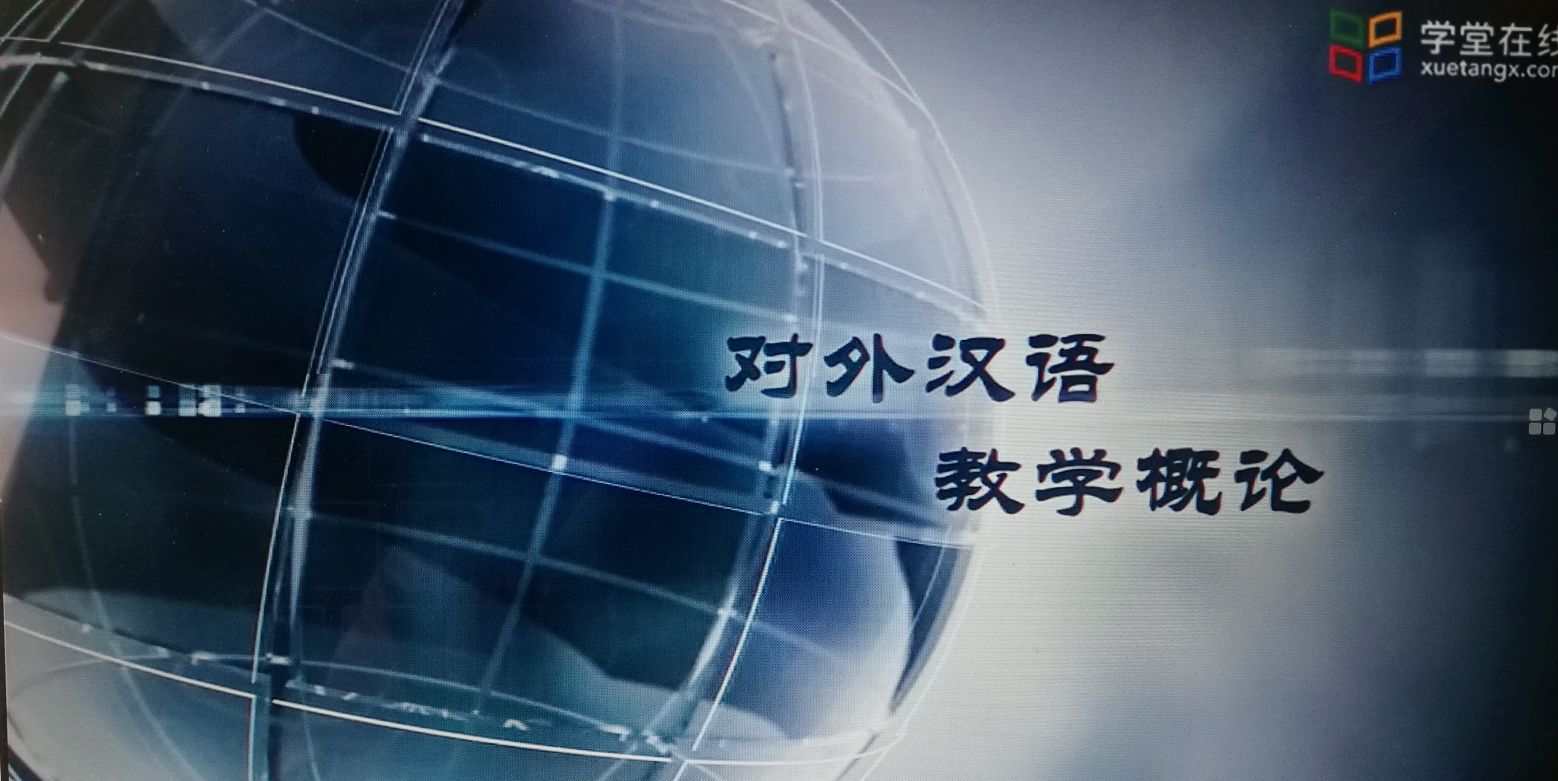
当前课程知识点:Socially-Responsible Real Estate Development: Learning to Use Impact Assessment Tools Effectively > Module 1: Introduction > Readings > Social Impact Assessment: The State of the Art
Our first reading is "Social Impact Assessment: The State of the Art," by Ana Maria Esteves , Daniel Franks, and Frank Vanclay.
Physical interventions in human environments are never self-contained; we refer to these uncontainable outcomes as “social impacts.” Project sponsors and planners who fail to reckon with social impacts will unavoidably fail to capture all social benefits and fail to minimize avoidable social costs. Social Impact Assessment (SIA) describes a set of planning techniques for “analyzing, monitoring and managing the social consequences of planned interventions” (34). While theories of SIA are constantly being revised, their shared premise is that social gains can only be maximized through deliberation involving affected stakeholders.
Though SIA has emerged as regulatory requirement in certain jurisdictions, it need not be legally required to help sponsors predict impacts and adapt projects accordingly. Esteves, Franks, and Vanclay propose that a well-structured Social Impact Assessment is as advantageous to project sponsors as it is to impacted stakeholders. A sponsor can gain by discovering unanticipated risks to project completion, addressing conflicts early, incorporating uncontemplated improvements, and burnishing its reputation as a responsible developer (36). But the key to realizing mutual benefits is the assessment structure, which the authors contend must include at least the following:
● Public notice of a contemplated project.
● Baseline data that ascertain current social conditions.
● Local data collection that validates and supplements baseline data.
● Stakeholder participation that is deliberative and actionable.
● Contemplation of feasible alternatives to the proposed design.
● Ongoing public engagement and impact monitoring during the project lifecycle.
● Accepting these as necessary pre-conditions for effective impact assessment, this course asks what additional conditions might maximize mutual gains from stakeholder deliberation.
The authors conclude that, to be truly successful, SIAs should be viewed as valuable ends alone, not simply as a tool to legitimize projects. They must also be carried out by by those familiar with key social science concepts, such as community, gender, and justice.
Reflection questions:
1. What are common reasons that neighbors, local communities, and other stakeholders oppose development projects? What are commons reasons these same groups might support development projects? What do project sponsors stand to gain from assessing stakeholder positions?
-Welcome
--Welcome
-Course Welcome
--Welcome
-Entrance Survey
-Entrance Survey
-Learning Objectives
-Course Schedule
-Meet Your Course Instructors
-Grading and Completion Criteria
--html
-Introduction
-Lectures
--html
-Readings
--Social Impact Assessment: The State of the Art
--Social Impact Assessment and Public Participation in China
-Developer Interview
--Module 1
--html
-Questions
-Assignment
--html
--html
--Peer Assessment
-Debrief
--Discuss
-Introduction
-Lectures
-Readings
--Methods of Environmental Impact Assessment
--Public Participation and Environmental Dispute Resolution
--Environmental Impact Assessment for Developing Countries in Asia
--Importance of Nonobjective Judgements
--Example Environmental Impact Statement
-Developer Interview
--html
--Module 2
--html
-Questions
-Assignment
--html
--Peer Assessment
-Debrief
--Discuss
-Introduction
--Text
-Lectures
--html
-Readings
--Introduction to Social Impact Assessment
--Effectiveness in Social Impact Assessment
--Example Social Impact Statement
-Developer Interview
--Video
--Text
-Questions
-Assignment
-Debrief
--Discuss
-Introduction
--Text
-Forest City Case Study
--Part 1
--Part 2
--Part 3
--Additional Forest City Information
-Lectures
-Readings
--Dealing with An Angry Public
--Facility Siting and Public Opposition
-Developer Interview
--Module 4
--Text
-Questions
-Assignment
--html
--SCENARIO
-Debrief
--Discuss
-Introduction
-Lectures
-Readings
--Why Would Corporations Behave in Socially Responsible Ways?
--Social Impact Assessments of Large Dams Throughout the World
--Environmental Sustainability Principles for the Real Estate Industry
-Developer Interview
--Module 5
-Questions
-Assignment
--html
--SCENARIO
-Debrief
-Further Resources
-Thank You
--Thank you for taking the course
-Acknowledgements

